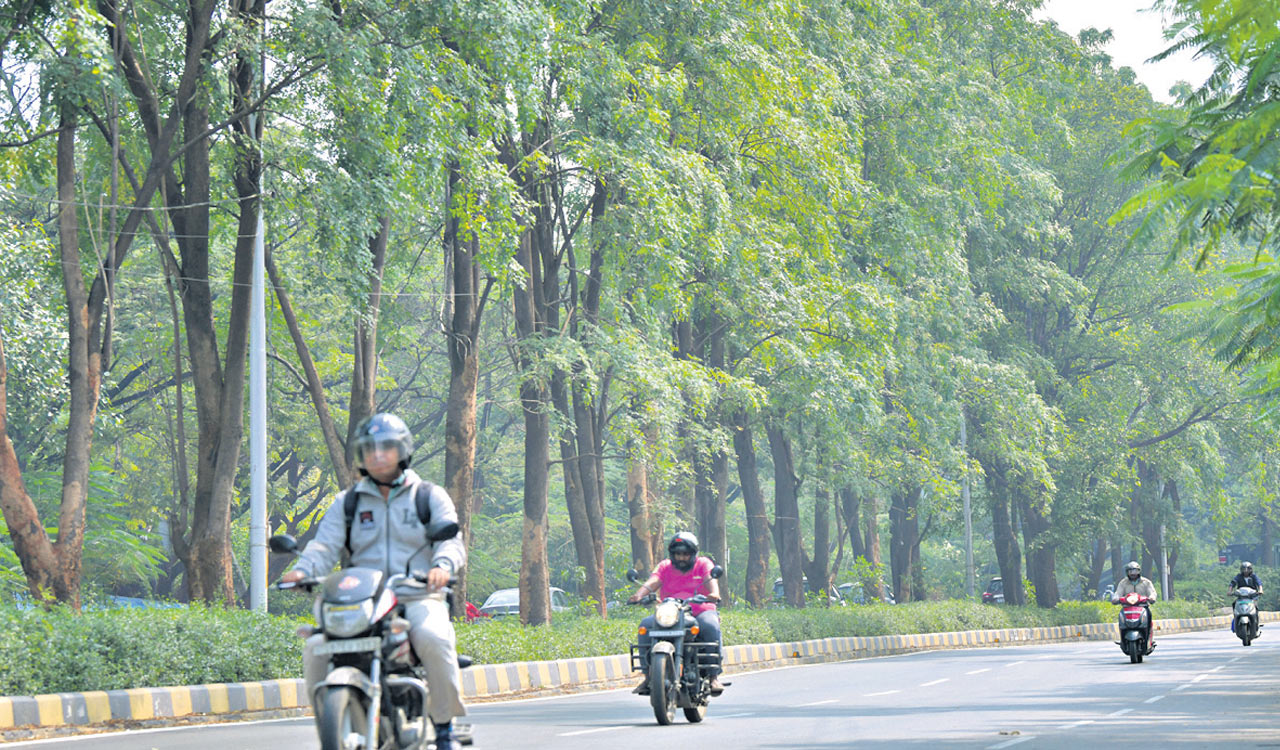A study by Kumar and experts in Delhi stated that current urban-centric measures, such as enhancing public transport or controlling industrial emissions, overlook these rural sources.
Published Date – 23 January 2024, 11:07 PM

New Delhi: Urban-centric measures currently employed to combat air pollution overlook rural sources, according to experts, who recommend the creation of regional air quality plans, inspired by successful models in Mexico City and Los Angeles.
A collaborative effort between the University of Surrey, England and Delhi’s regional government officials has identified rural sources such as crop burning, wood stoves, and power plants as major contributors to urban smog.
Professor Prashant Kumar, Director of the Global Centre for Clean Air Research (GCARE) at the University of Surrey, emphasised that air pollution transcends city boundaries, necessitating a regional approach.
A study by Kumar and experts in Delhi stated that current urban-centric measures, such as enhancing public transport or controlling industrial emissions, overlook these rural sources.
The GCARE proposes the creation of regional air quality plans similar to successful models in Mexico City and Los Angeles.
To enhance monitoring, the experts suggest generating “smog forecasts” using satellite technology to detect pollution sources and predict interactions with weather conditions.
The establishment of “Airshed Councils” is also proposed to facilitate coordination among local, regional, and federal agencies.
One of the authors of the study, Anwar Ali Khan from the Delhi Pollution Control Committee, emphasised the important role of neighbouring states in collaborative action, the need for a scientifically sound action plan, and improved monitoring.
“We need an action plan with a sound scientific basis, and we need better monitoring. This requires cities, governments, and others to work together. A joined-up approach is the only way to defeat this deadly health hazard,” he said.
Another author, Mukesh Khare, Professor Emeritus of Civil Engineering at the Indian Institute of Technology Delhi, highlighted the importance of shifting from city-specific to region-specific emission reduction targets.
Establishing an “airshed” is deemed critical for effective air quality management and planning, he said.




